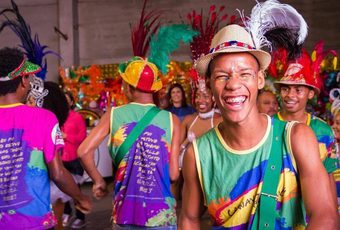Blog
Pura's 10 minute guide to Peru
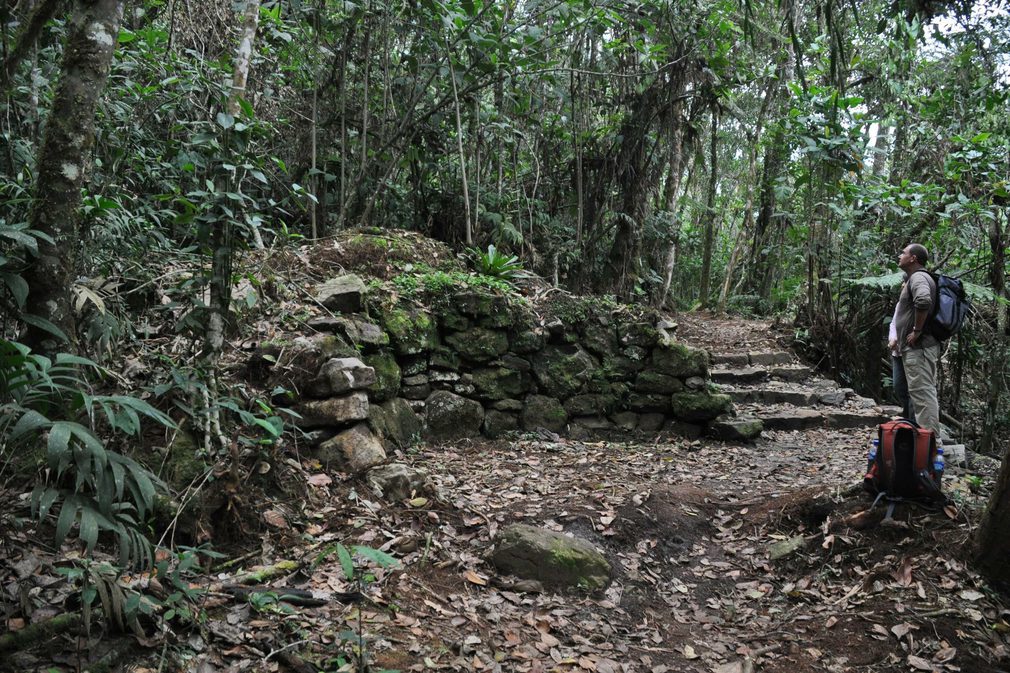
Peru is the third largest country in South America, and sits on the central western part of the continent, with a long Pacific coastline. Bordering Ecuador and Colombia to the north, Bolivia and Brazil to the east, and Chile to the south, the country spans an incredibly diverse geographic area.
Peru is broadly split into three zones – the coast, the Andes, and the jungle. Whilst 62% of Peru's landmass is actually in the Amazon basin. The relatively narrow desertified coastal strip is home to 40% of the population. Between the two lies the sierra taking up 26% of the landmass of Peru. The sierra is basically the Andes or Andean pleateau so is very high - the average altitude is 3,000m.
With nine national parks, seven national reserves, three national and historical sanctuaries, two reserve zones and an increasing number of forest reserves, Peru is home to 84 of earth's 104 'life zones'. Peru has converted 13% of its territory into Protected Natural Areas in which live 20% of the world's birds and 10% of the world's reptiles.
Why Peru is special to Pura
Peru is home undeniably spectacular nature and landscapes. As the cultural crossroads of South America, the country also has an incredibly rich vein of human history: ancient and contemporary. This is the backbone of what to share with you.
By working directly with everyone from guides to weavers, hoteliers to porters, we can tailor our trips more finely and be sure to both protect and benefit our hosts.
With the creation of Pura Aventura Peru there really isn't a 'them and us' any more. Here in the UK team, both David and Linda have lived in Peru. Diego, Jenny, Victoria, Sarah and Thomas have all visited many times.
Pura Aventura Peru s headed up by Gabriela (Gaby) Valdez and José (Pepe) Campoy based in Cusco. Gaby's great-grandparents ran a tea plantation just beyond Machu Picchu and her father worked directly with UNESCO to convert and preserve the historical buildings of Cusco.
Pepe meanwhile is the son of Catalan missionaries, and grew up in Urubamba, in the Sacred Valley. Between them, they have comfortably over 50 years' experience in tourism across all of Peru and into Bolivia. Add to that the knowledge and connexions of generations and you have two of the best guides in the country. And that's before we introduce you to Oscar, Katerina, Carlos, Mario, Nartín, Betsy, Jake, Carlitos...
In a country where obvious routes are often simply recycled, the whole team works hard to discover new hotels and walking routes, and to think up innovative ways to make our trips to Peru unique.
Peruvian food, the world's emerging cuisine
Combining a profusion of top quality ingredients from its three distinct zones (coast, plains, Amazon), and with influences from centuries of immigration from Africa, Asia and Europe, Peruvian food is widely recognized as the de facto emerging cuisine in the world.
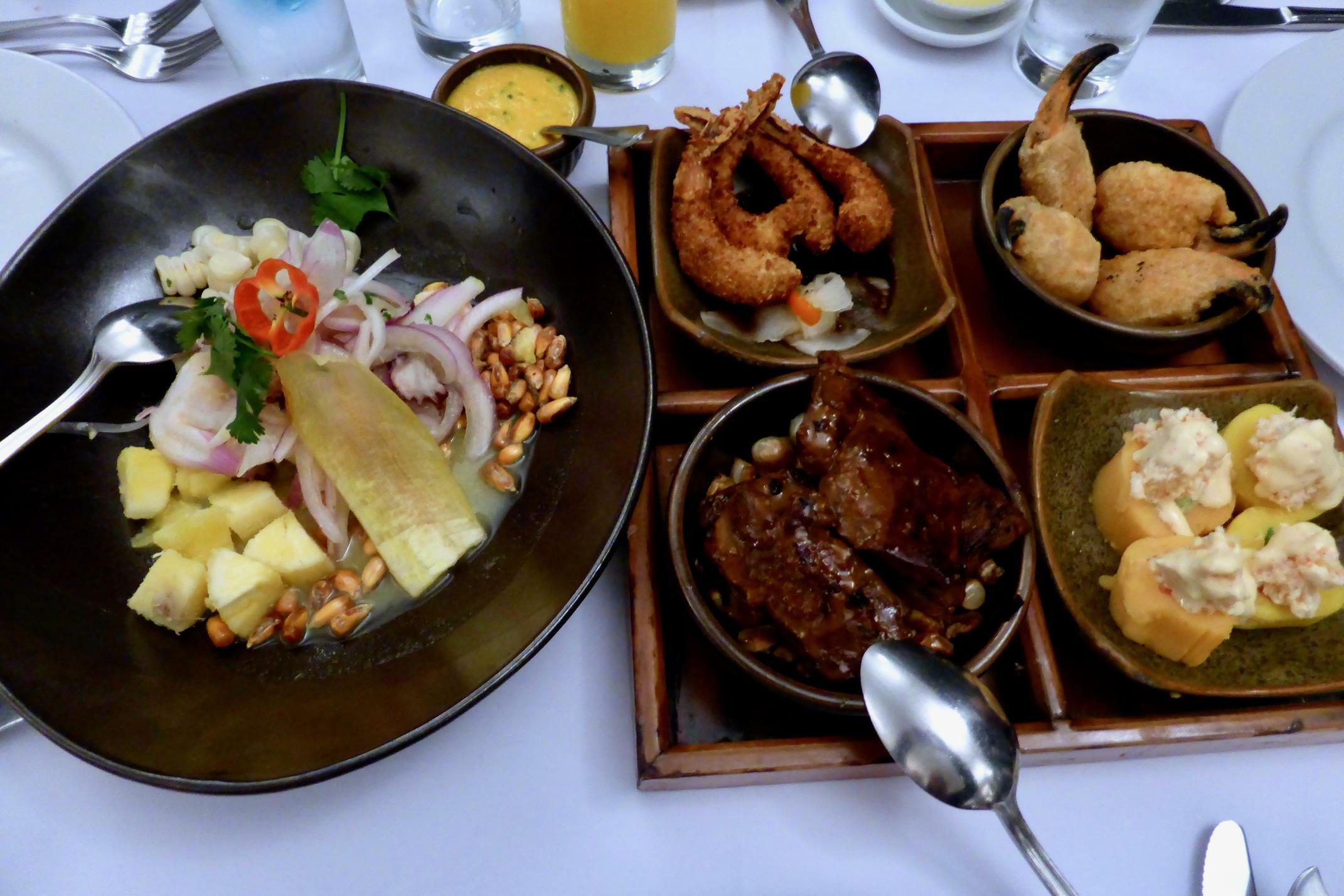
Whilst it is in Lima that you will find the greatest profusion of high quality restaurants, a great treat is to explore the food and how it changes as you move around the country, from Lima and the coast, to Arequipa, Cusco and Lake Titicaca in the highlands, to Puerto Maldonado or Iquitos in the jungle.
Read our guide to Peruvian food »
Even when walking the Inca Trail, Pura Aventura's chefs produce some remarkably good food!
"The menu each day is always different ' usually starting with a soup, then a main dish that could be a pasta, a typical Peruvian dish or a hearty salad, and finally a dessert for those with enough room." - Kristina Rudge
What's the weather like in Peru
The variety of climates, landscapes and ecosystems within these zones is enormous - encompassing desert, cloudforest, altiplano, volcanoes, and the Amazon Basin.
The Andes (this applies to Cusco, Inca Trail and Machu Picchu)
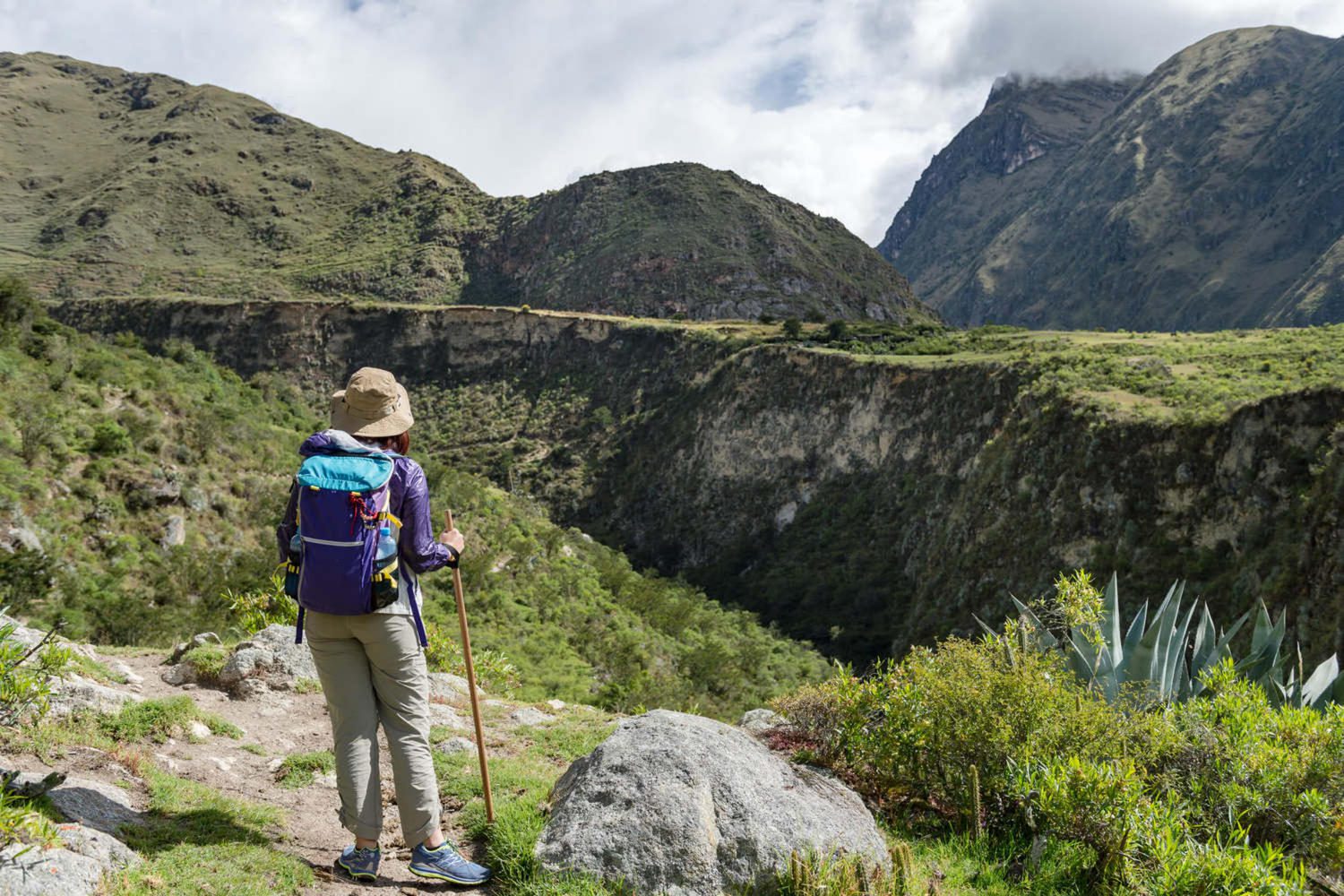
The driest months are May to September, although even in these months it can rain. It can get hot during the day in the strong sunlight with temperatures of 20-25°c. Conversely the altitude means very cold nights, sometimes below zero. November to April is the wet season with temperatures being on average 18°c.
Want to visit Machu Picchu? Learn how to beat the crowds »
Lima

Summertime is from December to April when the temperature is from 25°-35°c on the coast. The rest of the year the temperature drops and it is usually overcast and misty - not usually very lovely weather.
Find out why you should take time to visit Lima »
The Amazon
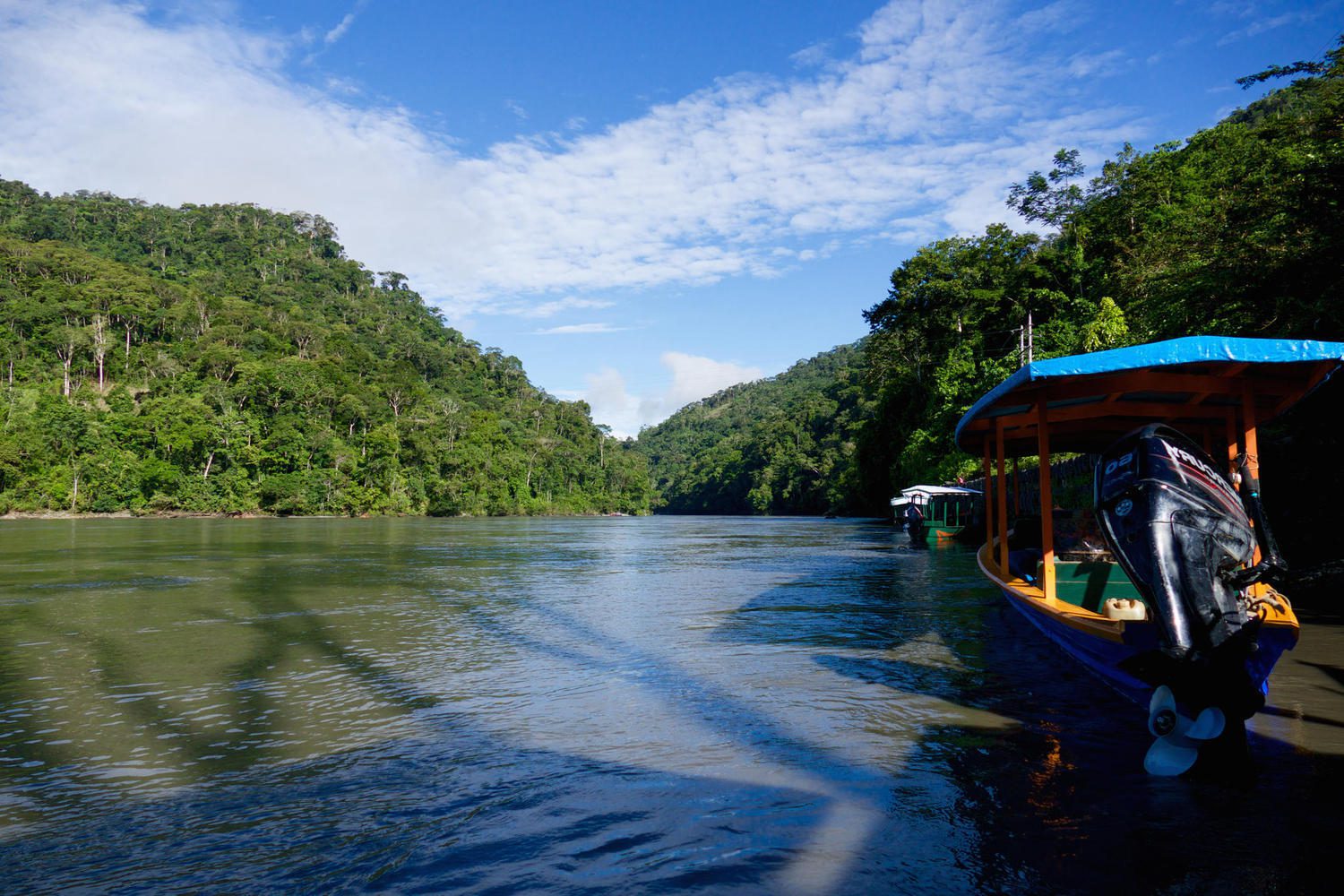
November to April is the wetter season with frequent heavy rain, humid with temperatures of around 25°-30°c. From May to October it is a little dryer with clearer skies and less humidity but it gets very hot.
Read our 10 minute guide to the Amazon rainforest »
Lake Titicaca
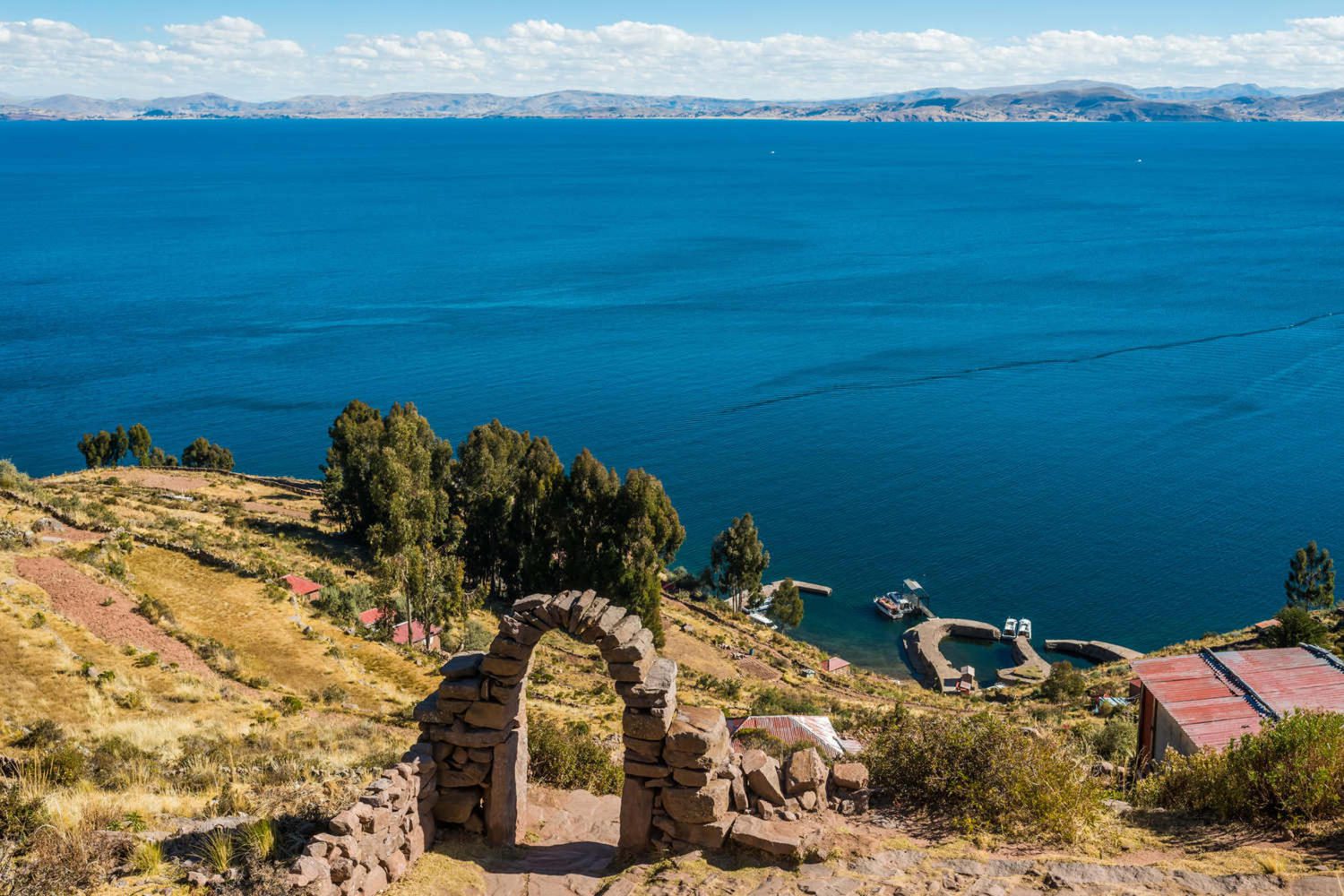
The weather in Puno and Lake Titicaca is mostly dry and quite cold year-round as it is inland and at high altitude (around 3,800m). The average temperature is around 8ºc, with a maximum of 15ºc and a minimum of 1ºc in winter.
Whilst it sounds thrilling to visit this place, you might like to read what we think about visiting Lake Titicaca »
Arequipa and Colca
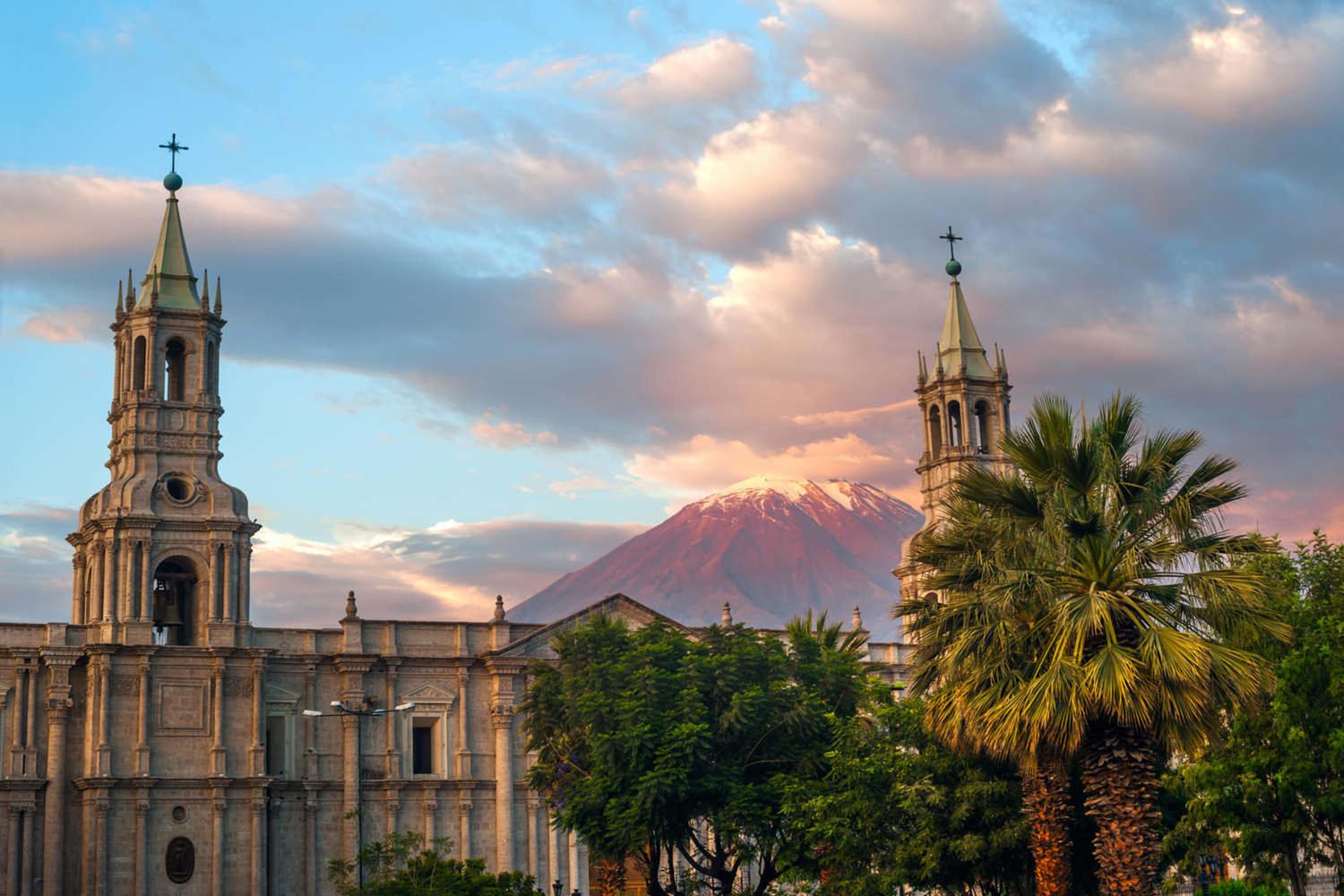
Arequipa has a famously pleasant and stable climate. From January to March you have a mild rainy season but other than that clear sunny days are the norm with temperatures ranging from 10°c to 25°c.
Colca has more in common with climate in the Andes. The dry season runs from April to November during which time temperatures usually fall to below zero at night and reach 15°c - 20°c during the daytime. The rainy season runs from December to March and temperatures are more moderate, varying between 5°c and 15°c.
Read our 10 minute guide to Arequipa »
How to deal with altitude sickness
When travelling in the Andes of Peru everyone will suffer to some degree the affects of altitude sickness ‘Soroche’. Caused by the lack of oxygen in the thin mountain air, it can affect anyone, regardless of age or physical condition.
Symptoms include headache, nausea, shortness of breath and loss of appetite. This usually passes within 24 hours. Drink plenty of bottled water - both before and during your time at altitude. If you arrive well hydrated you will usually find it easier to adapt. Walk slowly and take things at a relaxed pace. Avoid alcohol, smoking and heavy food.
Altitude can aggravate some existing medical conditions. If you have a heart condition and/or high blood pressure you should check with your doctor before undertaking travel at altitude.
Other things to guard against in the Andes are sunburn - the sun is strong at altitude - and dehydration.
History of Peru
Before we start, it is vital to bear in mind that due to the lack of written language from the Incas, much of the history comes either from archaeology or from the Spanish conquistador chronicles, who were not necessarily terribly subjective.
The Spaniards in turn got most of their information from the previous dominant culture - the Inca. The Inca were an agressively expansionist lot at that time so their oral histories were not terribly kind about their predecessors.
So all information provided below is open to dispute, discussion and speculation...
Pre-Inca era
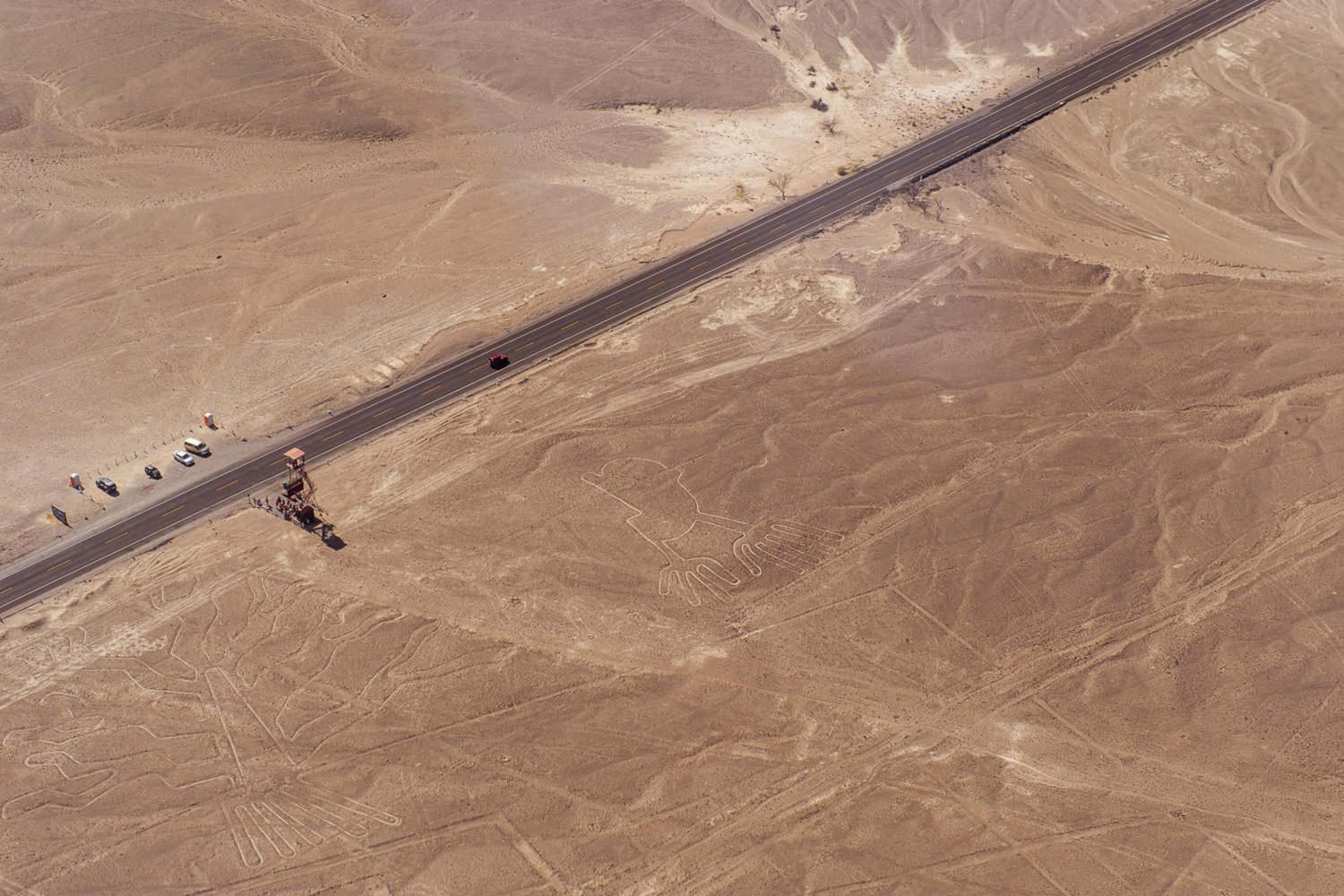
As silly as it may sound, Peru isn't just about the Inca. Indeed,the Incas were the last in a long line of significant civilisations, including the Wari, Chimu, Moche, Chavin and Nazca cultures. Peru has in fact been inhabited for around 20,000 years with the earliest evidence of settlements being around 5,000 years old.
Around 2,000 years ago the Paracas-Nazca people were producing the Nazca lines in the desert to the south of modern day Lima. These 32 giant outlines of animals and abstract geometric designs in the open desert range in size from 40m to over 180m and can only be properly viewed from the air. To this day nobody knows how or why they were made.
At the same time, some 1,000km to the north, the Moche people were building the great adobe pyramids of the Sun and the Moon in the Valley of Chicama.
Somewhat later the Chimu people built the enormous adobe city of Chan Chan. Around 2 of the original 23 square kilometre expanse of the city still stand.
The Inca Empire
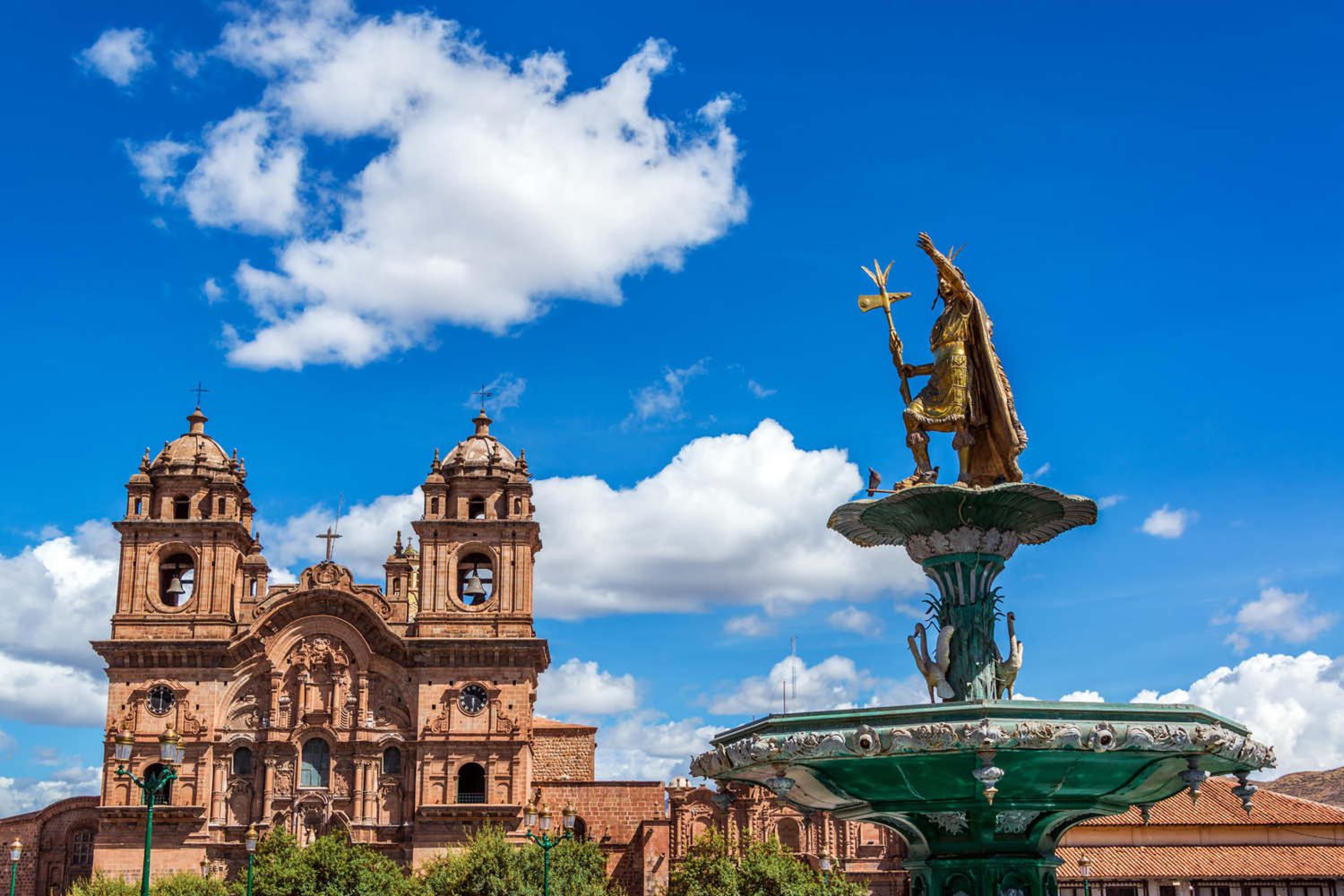
The Inca were, and are, a people with a spiritual and historical heartland around the Peruvian city of Cusco.
Until the early 1400s the Inca were simply another regional people living in the high Andes. Then, under the leadership of the great emporer Pachacuti, the Inca empire suddenly and aggressively began to expand.
For a period of roughly 100 years between the 1430s and 1530s, the Inca became the dominant force along the line of the Andes, from modern day Colombia in the north to Chile in the south.
Incredibly, given their legacy, there were really only three Inca emporers: Pachacuti (1438-71), Topa Inca (1471-93) and Huayna Capac (1493-1527).
When Huayna Capac died (possibly from smallpox) in 1527, the empire effectively descended into civil war at the same time as the Spanish were beginning their 'reconquest'. By 1533 the game was up and the Spanish had taken Cusco and defeated the Inca.
A guerilla war did break out in 1535, lasting until 1572 when Tupac Amaru was executed in the main square of Cusco, bringing the Inca empire to a final end.
Structure of Empire
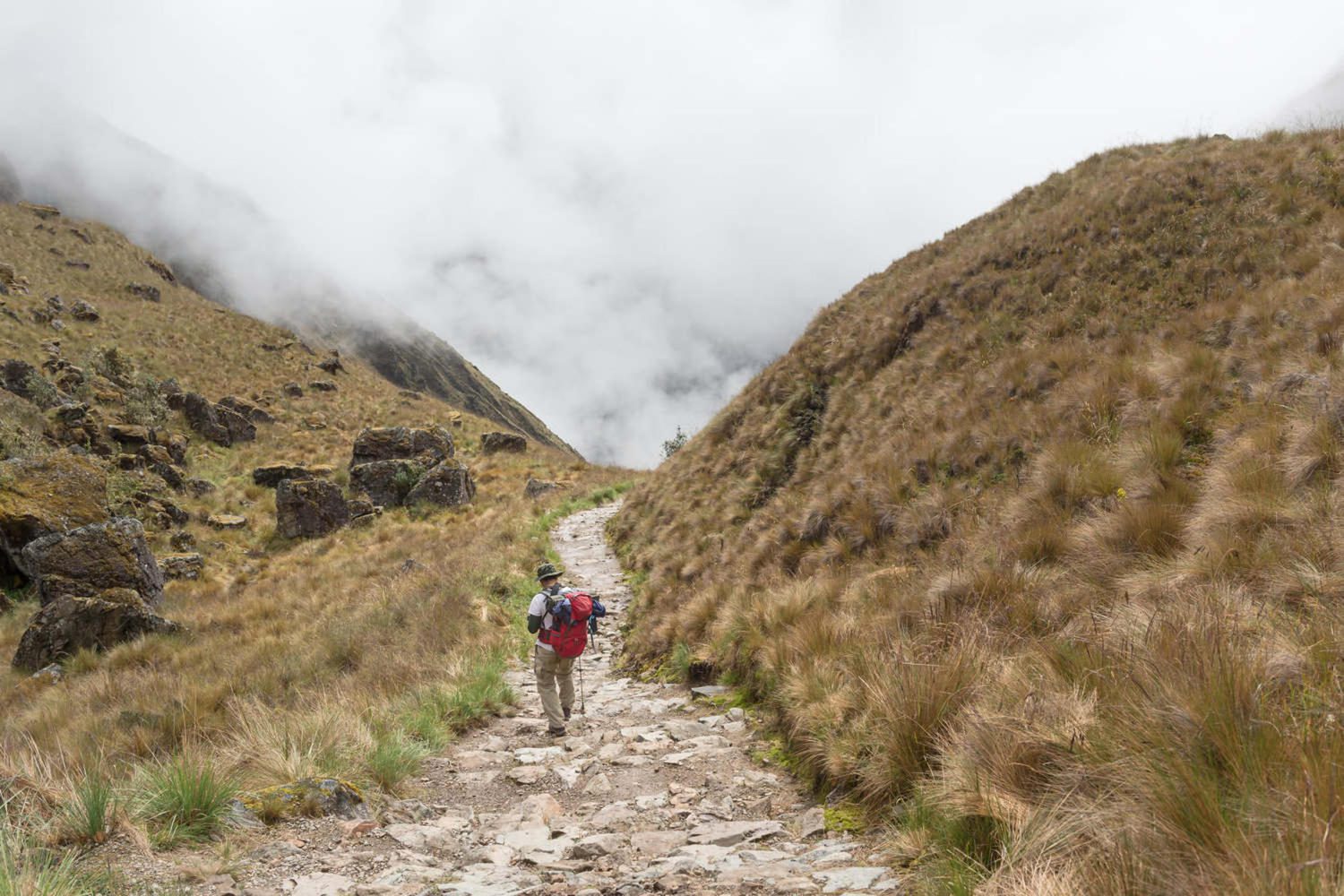
The Inca empire was very quick to expand and equally quick to contract.
First it is worth considering the empire as more of an agressively imposed trading structure than an empire in the sense of the earlier Roman or later British empires where the entire structure of civil society was replaced by the arriving culture.
Think of it as a spider's web of roads with Cusco at its heart.
Produce from the Amazon basin, the Pacific coast, the altiplano, the fertile valleys and the desert all flowed into Cusco along a comprehensive network of Inca pathways and roads.
As you might imagine, relatively very few Inca were not capable of producing thousands of miles of hand crafted roads in a few short decades. The expansion of empire was achieved using a system of forced labour or 'mita'.
As new territories were taken, peoples were forced to provide hard labour - basically building the network of the Incan empire. Beyond this, the Inca were not interested in the day to day running of other territories - they just wanted access to new and ever more exotic things.
Find out how the Chasqui runners helped the Incas control the whole empire »
Perhaps the Inca were the most hopelessly consumeristic society to date, burning themselves out in the persuit of the beautiful and the exotic.
It is often said that the emporers would enjoy fish brought to them from the coast, eaten with tropical fruits or manioc from the Amazon. All such deliveries were made by a tag-team of runners.
In the Juanita museum in Arequipa one can see the most precious artifacts which were left alongside the sacrificial victims, notably Juanita herself.
These items include stunning weavings of the finest baby alpaca hair - incredible colours and a silk like texture survive to this day. Or exquisite figures adorned with briliantly coloured macaw feathers and even hummingbird feathers. These things would have been unimaginable to people in Cusco pre-1430s.
The arrival of the conquistadors
It would appear that the arrival of the Inca in neighbouring territories therefore brought no appreciable benefit, simply the obligations of 'mita'. Little wonder that, on the outbreak of the power struggle in Cusco, the empire began to rapidly contract as subsumed peoples bit back.
When a Spanish force of 180 men and 37 horses led by Francisco de Pizarro started to head inland towards Cusco in 1532, they found many people only too happy to help them.
Modern times
And then there are the looters - a vertiable industry grew up in the 19th and 20th centuries looting archaeological sites to feed the insatiable appetite of European and north American collectors and institutions.
Despite all of this, Peru retains some of the richest precolombian sites in the Americas, including the most famous of them all, Machu Picchu.
Our Peru holidays Get in touch Subscribe to The Pothole
The Pothole is Pura Aventura's popular monthly email. We share what we love, what interests us and what we find challenging. And we don't Photoshop out the bits everyone else does. We like to think our considered opinions provide food for thought, and will sometimes put a smile on your face. They've even been known to make people cry. You can click here to subscribe and, naturally, unsubscribe at any time.
The Pothole is Pura Aventura's popular monthly email. We share what we love, what interests us and what we find challenging. And we don't Photoshop out the bits everyone else does. We like to think our considered opinions provide food for thought, and will sometimes put a smile on your face. They've even been known to make people cry. You can click here to subscribe and, naturally, unsubscribe at any time.
